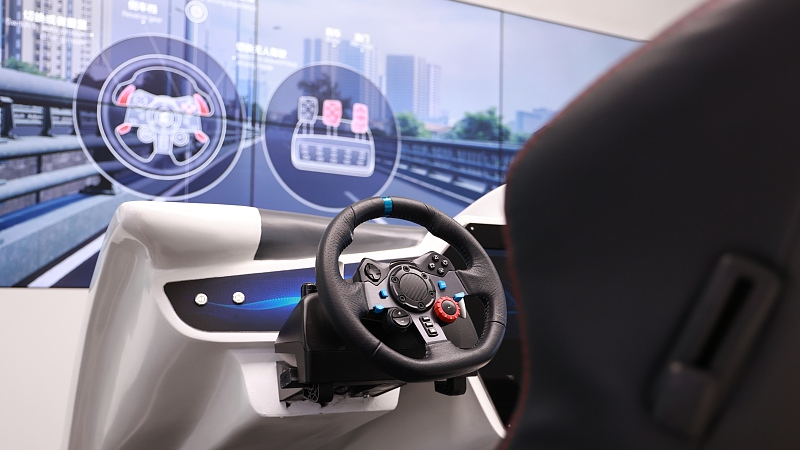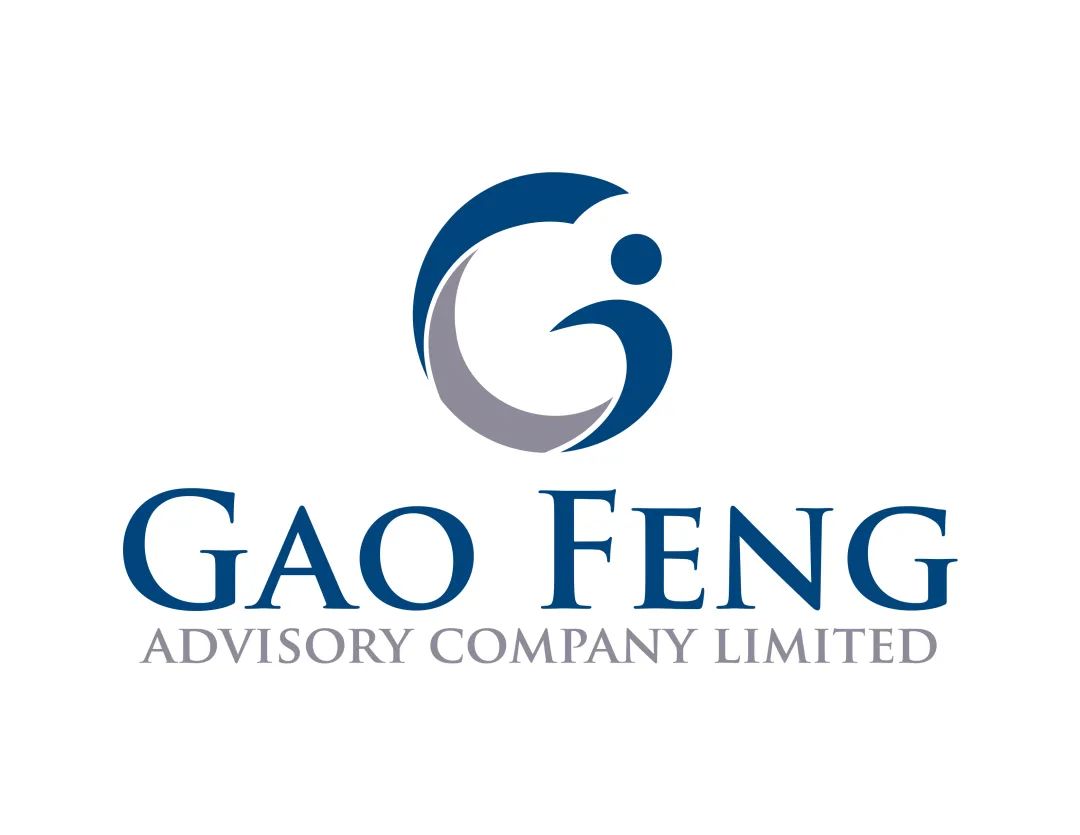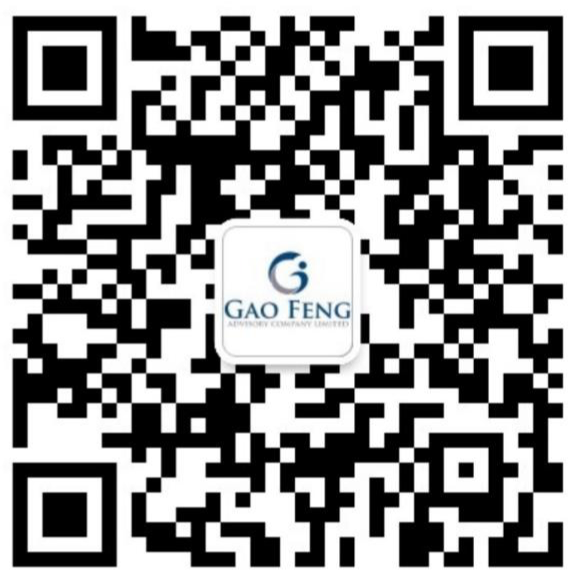CGTN | How Global Companies should View China's Tech Innovations

By Edward Tse
2022-9-28
A recent article authored by Dr. Tse was published by CGTN on September 28, 2022.
In the early 2000's, Chinese entrepreneurs began to experiment with new business ideas, such as e-commerce. This coincided with the time when the internet became popular in China and Chinese consumers started to take notice of this new phenomenon.
Fast forward to the end of the decade. The wireless internet was in widespread use and entrepreneurs began to use it to experiment with new business models for addressing Chinese society's "pain points." In the subsequent ten years, innovation as well as the number of Chinese entrepreneurs grew exponentially. Internet companies such as Alibaba, Tencent, JD.com, Baidu, Meituan and ByteDance became household names. Beyond the internet, other Chinese tech companies such as Huawei, Xiaomi and DJI also became prominent.
Entrepreneurs in the internet sector typically built fast, speedy and agile companies that fearlessly experimented with new business models and subsequently improved and refined their models based on the market's feedback. To this end, sectors like e-commerce, social commerce, fintech, O2O (online-to-offline) retail and mobility grew rapidly.
The rapid growth of innovations in China during this period has been driven by policies, technology and demand pattern changes.
The Chinese government has developed a vision for the nation and has been fine tuning it over time keeping it synchronized with the evolving context. Innovation and entrepreneurship have been the key theme of China's policies for over a decade. Today, technological innovation remains a focus area of China's policies.
There's no doubt that technology plays a major role in innovation. After the wireless internet started to lose steam as the platform for innovation, other disruptive technologies such as artificial intelligence (AI), cloud computing, big data analysis and blockchain technology surfaced, ushering China into a new era of technological innovations.
Patterns of demand from consumers and organizations are also changing as digital technology has permeated into all aspects of Chinese lives. The pandemic, too, has caused shifts in consumer and organizational demand patterns.
The three drivers of innovation are interacting with each other, generating waves of more innovation. Innovations based on a "hard tech" are the new games, epitomized by deep technological expertise and breakthroughs, precision and accuracy, and patience. Capital and entrepreneurship are now being channeled to areas such as new energy, semiconductors, robotics and automation, biomedicine and life sciences, as well as security. A new generation of entrepreneurs has emerged, such as Robin Zeng of CATL, He Xiaopeng of Xpeng and Tang Xiao'ou of SenseTime.

The common denominator of all this is the "China model." The central government formulates the overall plan for the national economy and businesses pursue goals that are often in alignment with government policies and plans. Local governments act as the bridge between central government and individual businesses, providing funding support, subsidies and incubation support. This three-layered system and the state-owned enterprises that provide public goods the people and businesses need together generate a positive flywheel for progress of innovations in China.
Other underlying drivers such as the growing number of students studying STEM – a combination of science, technology, engineering and mathematics, the increasing number of patents filed and the number of scientific papers published all provide evidence that China is heading in the right direction.
The West's view of tech development in China has evolved from "not knowing anything about it," to "not believing in it." The West is finally waking up to China's potential in this technological arena. This process has taken well over a couple of decades. Today, the West's views vary from acknowledging China's ability to innovate but calling it "fragile" and having "peaked" to conceding that "China is overtaking, or has overtaken, the U.S. in technology already."
However, geopolitics continues to create uncertainties. The risk of so-called "decoupling" is an overhanging concern for many Chinese entrepreneurs. Some in the West see China as a "competitor" or an "enemy," which means that "China must be beaten."
Despite this, the Chinese system and the entrepreneurial zeal continue to drive the nation's innovative spirit. From China's perspective, growth in the last four decades could not have taken place without being a part of the global system. However, innovation could not have leapfrogged without strong internal self-initiation at both entrepreneurial and governmental levels. The West did provide initial inspiration but subsequently the Chinese also figured out ways to propel innovation forward, in sync with the context under which they operate. Sanctions against a range of Chinese technology companies have also compelled these companies to achieve technological breakthroughs on their own.
In the semiconductor sector, for instance, China has historically been focusing on the use of imported chips in the manufacture of finished products, rather than designing and manufacturing on its own. That was the assumption behind the then-prevailing globalization in which natural division of labor across countries across the globe was the governing assumption. Though there are still gaps compared to the global leading semiconductor players, Chinese companies are now beginning to make measurable progress in chip design computer software, lithographic machinery, and production capability, on top of their pretty strong position in testing and packaging already.
It is essential for global companies to discern political rhetoric and to understand China's innovations for formulating their own strategies, particularly in cases where China is, by definition, at the core of their businesses. For many, China is not only a major market but also a key source of knowledge and inspiration. This is becoming even more prevalent as Chinese innovators have started to become setters of new standards of technology and business practices.
About the Author
Dr. Edward Tse is founder and CEO, Gao Feng Advisory Company, Adjunct Professor of School of Business Administration at Chinese University of Hong Kong, Professor of Managerial Practice at Cheung Kong Graduate School of Business, and Adjunct Professor at the SPACE program of University of Hong Kong. He is a member of Global Future Council on China at the World Economic Forum, as well as a member of advisory boards for private equity and venture capital companies. He started his strategy consulting career at McKinsey’s San Francisco office in 1988 before returning to Greater China in the early 1990’s. He became one of the pioneers in China’s management consulting industry, by building and running the Greater China operations of two leading international management consulting firms (BCG and Booz) for a period of 20 years. He has consulted to hundreds of companies, investors, start-ups, and public-sector organizations (both headquartered in and outside of China) on all critical aspects of business in China and China for the world. He has also advised the Chinese government organizations at different levels on strategies, state-owned enterprise reform and Chinese companies going overseas, as well as to the World Bank and the Asian Development Bank. He is the author of several hundred articles and six books including both award-winning The China Strategy (2010) and China’s Disruptors (2015), as well as the newly published 《变局思维》 (Strategic Thinking in the Era of Mega Changes) (2022). He holds a SM and a SB in Civil Engineering from the Massachusetts Institute of Technology, as well as a PhD and an MBA from University of California, Berkeley.


Gao Feng Advisory
Gao Feng Advisory Company is a professional strategy and management consulting as well as investment advisory firm with roots in China coupled with global vision, capabilities, and a broad resources network
Wechat Official Account:Gaofengadv
Shanghai Office
Tel: +86 021-63339611
Fax: +86 021-63267808
Hong Kong Office
Tel: +852 39598856
Fax: +852 25883499
Beijing Office
Tel: +86 010-84418422
Fax: +86 010-84418423
E-Mail: info@gaofengadv.com
Website: www.gaofengadv.com
Weibo: 高风咨询公司
